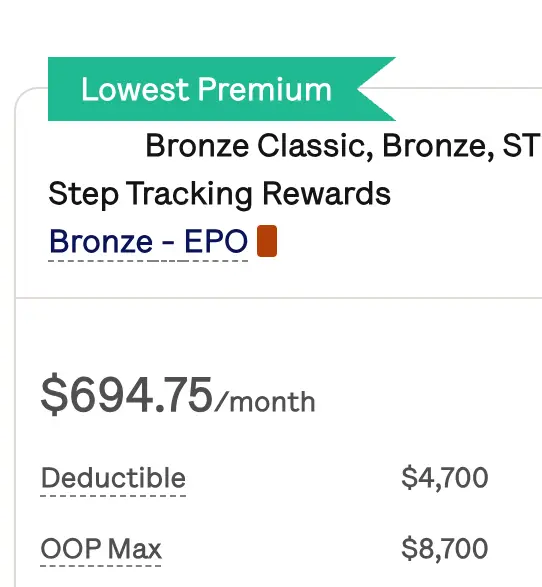What Is a Black Box Warning?
Black box warnings are labels on certain medications that carry severe side effects or warnings, such as injury or death. The labels intend to draw attention to the warning by displaying a black border with bolded font communicating essential instructions for safe drug use. Black box warnings can be found on the medication’s insert.
Mira offers a novel health coverage solution for basic health coverage. For as little as $25 per month, you and your family or your employees can access affordable urgent care and virtual healthcare - including virtual primary care and telebehavioral health. Mira also provides highly discounted rates on thousands of medications and lab screenings. Try Mira today!
What is a Black Box Warning?
Black Box Warnings, also known as Boxed Warnings, is assigned by the Food and Drug Administration (FDA), indicating the highest safety-related warning that medications can have. Black box warnings typically apply to a particular drug class rather than one specific drug because the risk posed by the medication is generally associated with the mechanism - or the way the drug works within the body.
Currently, over 400 medications have a black boxed warning, but these labels can be added, taken away, or updated to any drug at any point during their time on the market. These labels aim to draw attention to risks associated with the medication for the consumer and prescriber. The warnings are not meant to say the prescription shouldn’t be used at all but instead used with an added level of caution.
How a Medication Gets a Black Box Warning
The FDA labels medications with a Black Box warning depending on the safety concerns during clinical trial data or through “adverse events” reported to the agency by consumers and healthcare professionals on the FDA’s MedWatch site.
Often, evidence of adverse reactions occurs after the new drugs have already hit the market, so these medications will not yet have a black box warning. Should the FDA recommend these labels be added to the medication, the FDA will contact the drug manufacturer to add a warning to the label. The company then submits the label back to the FDA for approval, and the updated language will be added to the packaging and on the medication insert.
Indications When a Black Box Warning is Necessary
The FDA will advise that a black box warning is necessary for labeling when the risks might outweigh the benefits. Consider the following situations when the FDA may enforce such labeling:
- Evidence shows a drug causes a severe adverse reaction (potentially fatal, life-threatening, or permanently disabling)
- A severe side effect can be avoided or reduced in severity or frequency by appropriate use of the drug, such as avoiding use in specific situations, observing patients, careful patient selection, or avoiding using the drug with certain medications.
- The FDA approved the drug only for restricted use to ensure public safety
- The drug is less effective or dangerous to populations such as the elderly, children, or pregnant women

Get affordable doctor copay without paying insurance premiums
Join 39,000 people and get Mira, the best alternative to traditional insurance. Enroll and use immediately. Plans start at only $45/mo.
Ashley Brooks works in Healthcare Consulting and graduates with her MPH in September of 2022 from George Washington University, but graduated with her B.S. in Health Science from James Madison University in 2019. Ashley has been with Mira since June of 2021 and shares the passion for creating affordable healthcare coverage for all!
